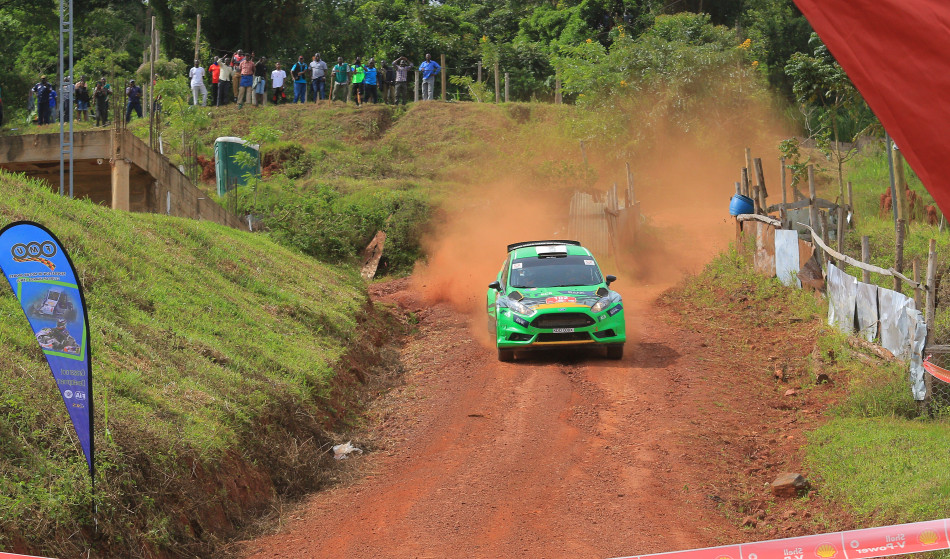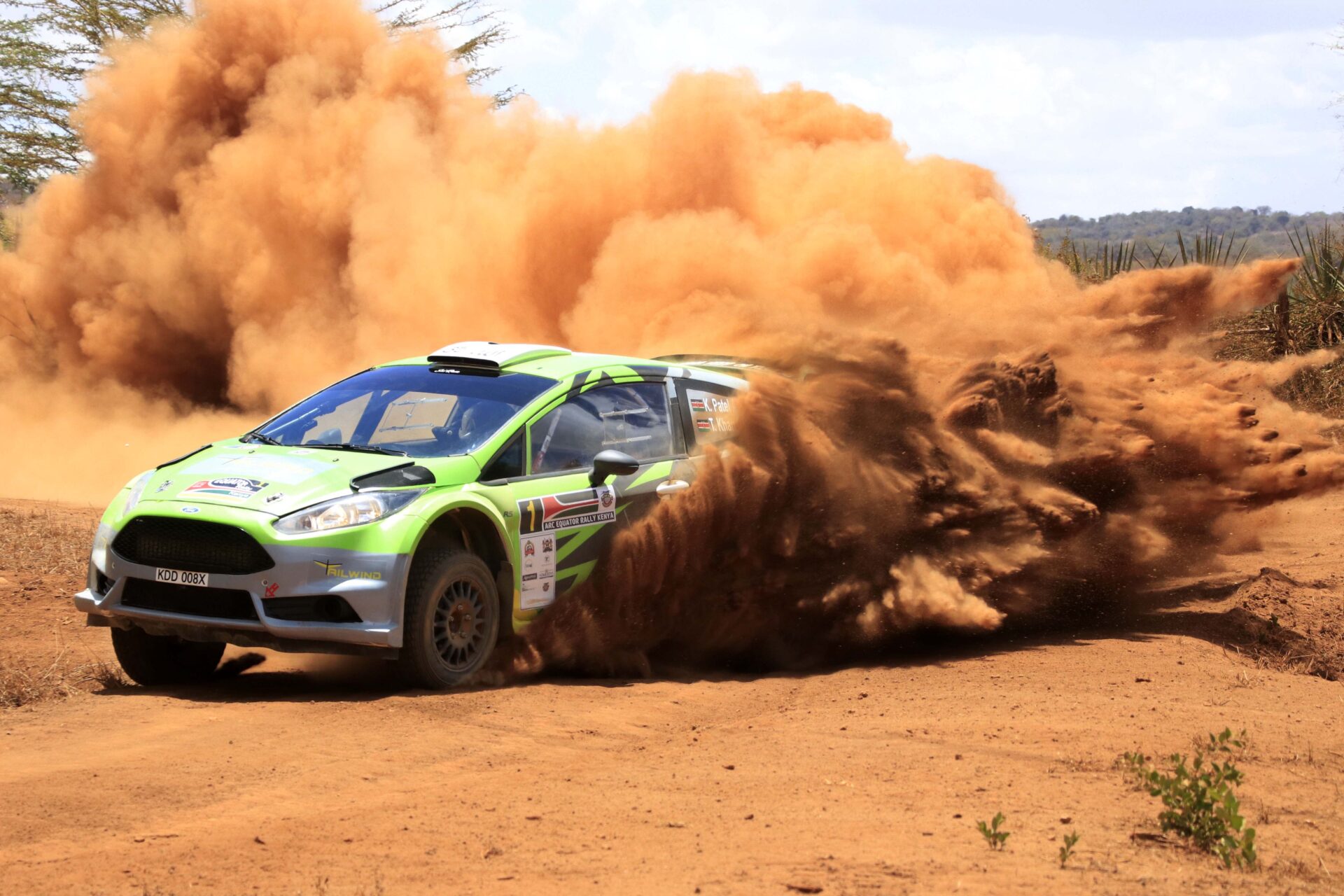Rallying is one of the greatest tests of men and machines against terrain and time. As far as rallies and safety are concerned, it is generally a challenging but obligatory duty to organize a motorsport event that’s also safe for the public.
Rallying is one of the greatest tests of men and machines against terrain and time. As far as rallies and safety are concerned, it is generally a challenging but obligatory duty to organize a motorsport event that’s also safe for the public.

The Shell V-Power Pearl of Africa Uganda Rally (POAUR) took place at the beginning of the month (May 5-7, 2023) and covered a total distance of 498 kilometres, of which 207 were spread over 12 competitive sections in the Eastern districts of Buikwe and Jinja.
Reynolds Kibira-Kadok, the Deputy President of Motorsport at the Federation of Motorsports Clubs of Uganda (FMU) says a rally is more than putting up an event for people to compete and win, but is also about being responsible to and for the public.
Community sensitization
Preparation for a rally event starts three months prior to the event, with raising awareness among locals and spectators in the area where it will take place.
When rally cars are taken to selected areas, they are carefully monitored according to the obstacles of the stage they will run. Each rally car carries a tracking device that is monitored at rally headquarters and is required to have an onboard camera to record what is happening around it. “This is geared towards public safety. Throughout the different stages, we ensure that all spectators are maintained to be safe all the time from a public and road safety perspective,” Kibira says.
Protocol on public roads
During rally preparations, FMU writes to the Ministry of Works and Transport to request a statutory instrument that allows the lifting of speed limits for rally cars. The instrument is only signed by the Minister of Works and Transport to permit rally cars to be driven beyond the national speed limit, which is 80km/hr and 100km/h along certain roads in Uganda.
The ministry then sends inspectors to the routes to be used to come up with a safety plan. The safety plan includes how the stages appear and the road terrain. The Rally has two stage types: the competitive section and the liaison stage. The liaison stage is the distance between one competitive section to another. For example, in Jinja, if you are to drive from one section at Magamaga and the next at Bujagali, the rally car would have to be driven from Magamaga to Bujagali using public roads.
“For the time it is to be driven on public roads, it is subject to traffic regulations and the statutory instrument doesn’t apply because the road is being used by the public,” Kibira adds.
The safety plan also extends to the impact of rally vehicles on the public. For example, since Jinja is an international road that connects Uganda to other countries such as Kenya, the Ministry of works carries out an assessment to determine how the rally will impact other road users, and also develop a mitigation plan to prevent road crashes.
The inspectors then write a report that is revised with FMU officials before being presented to the Minister for works and transport for endorsement. The Minister then writes to the Ministry of Justice, which is the custodian of the law, to waive speed limits that are only limited to rally cars in competitive stages.
Traffic police deployment
The role of traffic police in rallying is to visit the liaison and competitive stages early and assess the roads to use. After assessment, traffic personnel are deployed accordingly, followed by issuing of safety guidelines to the general public using the main roads to ensure all road users are safe.
When rally starts
When the rally starts, there is a safety caravan composed of 3 compulsory safety cars. These ensure compliance with the safety plan. All rally cars relay spectator safety information on the roads. The safety caravan cars carry insert sirens, public address systems and warning lights to alert spectators to stay in safe places as rally cars are approaching.
“You are advised to stay at viewing points that have guided areas and maps and show where you should be at a rally. In the event that safety caravans detect that you (fans) are not where you are supposed to be, the rally is paused until safety is guaranteed by traffic police and safety marshals,” Kibira advises.

Rally car speeds
It is said that former rally driver, Charlie Lubega, set the highest average rally car speed at 190km/h in Uganda. To be average, it must have been done consistently and is monitored on tracking devices. However, in recent times, rally cars have been driven at 230km/h. The further you are away from a rally road, the safer you will be.
FIA Rally Safety Task Force
Uganda has the biggest Rally following in Africa, which presents challenges in regard to spectators’ safety. As a result, the deployment of the Rally Safety Task Force application was introduced for the 2020 season.
The role of the FIA Rally Safety Task Force is to assist the organizers with training, facilitation and guidance on how to improve and implement higher levels of safety at their rally event. With the support of FIA African Rally Championship Safety Delegate and Co-Ordinator William Louw, the organizers have received extensive training on Safety Plan preparations, planning and implementing of safe spectator zones, improved safety practices for Marshals and Officials, communicating with spectators and safeguarding rally stages.
2023 saw a further improvement in safety when the ASN of Uganda received a Grant from the FIA to purchase a radio communication system to aid with efficient communications during rally events, raising the levels of safety.

